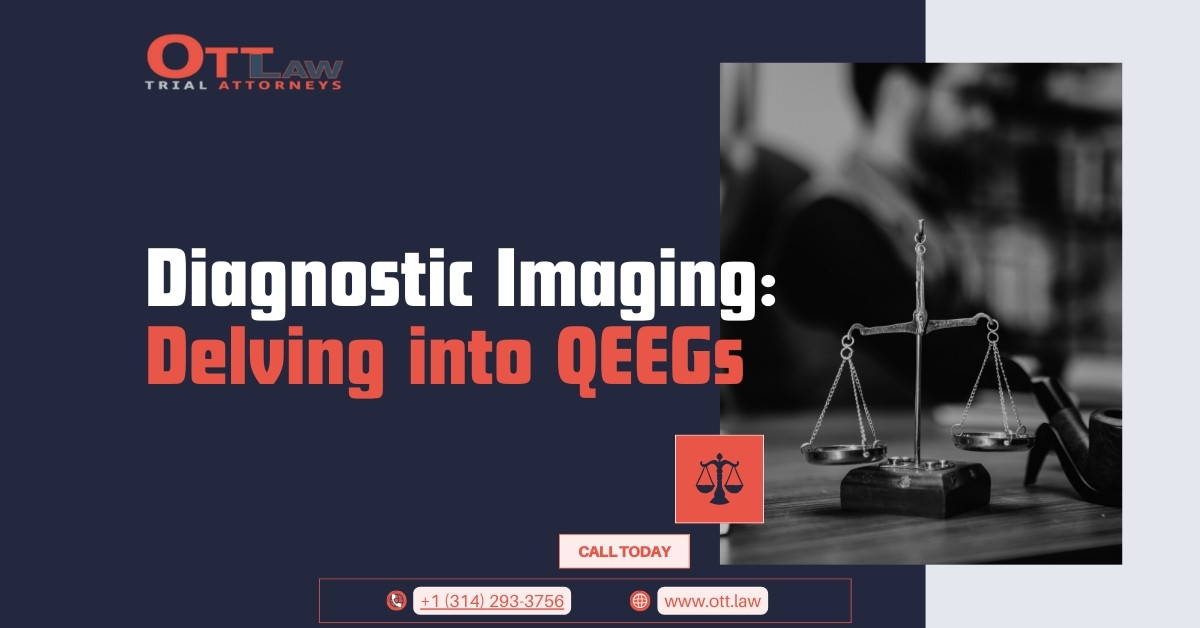Quantitative Electroencephalography (QEEG) is an advanced neuroimaging technique that provides a comprehensive analysis of brainwave activity. Compared to a standard EEG, a QEEG offers a detailed visual representation, making it invaluable in understanding brain injuries and abnormalities.
What is QEEG?
QEEG, in essence, is an enhanced version of the EEG. It contrasts the brain activity of the subject with a database of typically functioning individuals. By doing this, the QEEG pinpoints the likelihood that a specific pattern of brain activity matches a known type of injury.
Expertise & Experience:
Before considering the results of a QEEG, it’s essential to ascertain the qualifications and knowledge of the medical professional interpreting the results:
- Verification if the medical professional has ever conducted or interpreted a QEEG.
- Establishing whether the medical professional has any formal training related to QEEGs.
- Confirming the doctor’s familiarity with the equipment, such as the Lexicor NRS 24 computer.
Medical Consensus on QEEG:
The credibility of QEEG is a matter of debate in some medical circles. However, numerous notable sources vouch for its utility:
- The U.S. Department of Veterans Affairs (V.A.) acknowledges and uses QEEG.
- Medicare, the U.S. government’s health insurance program, covers QEEG procedures.
- Prolific neuropsychological experts, such as Dr. Muriel Lezak, have highlighted the superior detection rate of QEEG compared to other imaging techniques.
While some opponents of QEEG exist, it’s essential to scrutinize their arguments and biases, especially if the opposition centers around a single or limited group of authors.
Conclusion:
QEEGs are promising tools in the realm of neuroimaging. For legal cases related to brain injuries, understanding the intricacies, applications, and potential challenges associated with QEEGs becomes vital.
For expert legal advice and consultation, contact OTT Law Firm.
- Address: 3544 Oxford Ave, Maplewood, MO 63143, United States
- Phone: +13142933756
- Email: joe@ott.law
- Website: OTT Law
Note: This content aims to provide a general overview and isn’t intended as legal advice. Always consult a qualified attorney for specific legal guidance.

